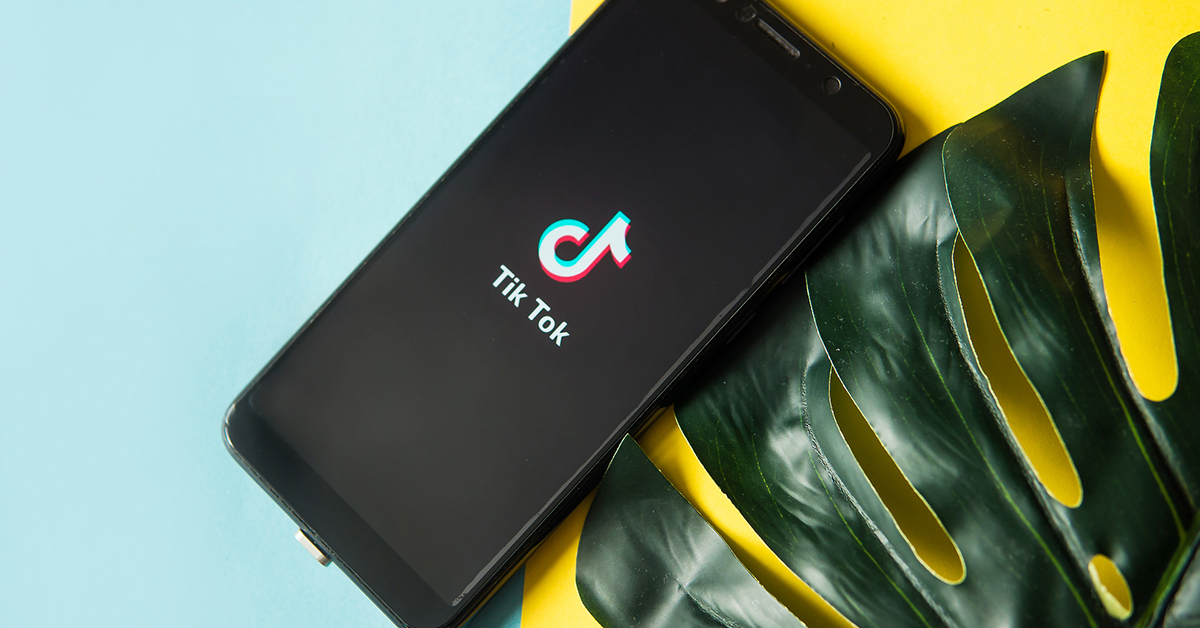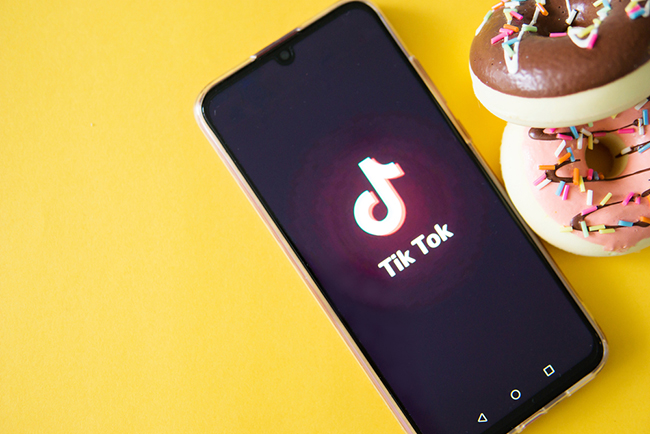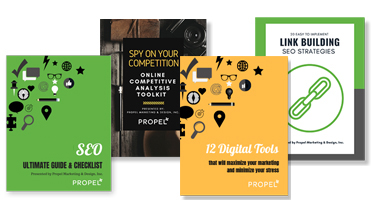Facebook is in trouble. In 2018, the social media giant faced highly critical press coverage and growing pressure from competitors. Pew Research data found that 74% of Facebook users have taken steps to discontinue usage or distance themselves from the site.
Facebook serves as a cautionary tale about platforms that fail to adapt to users’ changing tastes. Although Facebook increasingly emphasizes video content and new features, the platform’s primarily text-based interface clashes with users’ preferences.
Enter TikTok. The relatively new social media platform is now a favorite of influencers and celebrities during COVID-19 and advertisers are paying attention.
Read on to learn what TikTok’s success reveals about how social media users’ content preferences are rapidly changing–and what other platforms should do to stay relevant.
First, what is TikTok?
TikTok is a social media platform where users–mostly internet-savvy teens–share 15-second video clips. Like its predecessor, now-defunct Vine, TikTok has spawned countless memes and even a hit song that broke the Billboard Top 100 chart.
According to Money, TikTok is owned by a Chinese startup called ByteDance, which also owns numerous other video sharing platforms. As of 2018, more than 1.2 billion users have downloaded TikTok.
Users can upload their own videos, add music or AR effects, and use hashtags to help others discover their posts. The platform is also designed to nudge content toward virality by encouraging users to contribute to challenges, like showing off dance moves.
TikTok aligns perfectly with users’ preferences for video and image-based content over text. Nearly 80% of Gen Zers and millennials prefer images on social media, and the same study found that nearly 90% of Gen Zers and millennials check YouTube at least once a week.
Augmented Reality is a Core Feature on TikTok
Most people became familiar with augmented reality (AR) when Pokémon Go went viral in 2016. The technology layers virtual images or simulations over pictures or videos, enhancing user experience.
On TikTok, users can use AR to add creative, engaging animations to their videos or even participate in online challenges. In December 2018, the platform used an AR filter to encourage users to participate in a campaign called #CreateforaCause aimed at raising $2 million for charity. Celebrities like singer Nick Jonas and actress Ashley Benson even participated by posting their own video clips.
Other platforms have taken note and implemented AR in their own ways. Snapchat uses AR filters that allow users to transform themselves into everything from dogs to googly-eyed monsters. Like TikTok, AR is used to create a novel experience users will want to share.
Facebook is currently exploring AR’s commercial possibilities. In 2018, Michael Kors was the first brand to test Facebook’s AR ads. The ads appear as typical images, but launch an AR functionality when tapped. The AR ads allow users to virtually “try on” accessories or other products, right from their devices.
Experts say AR will be an increasingly central component of our online lives. “[N]o-one will rejoice in this more than brands and marketers who will have new ways to promote themselves and their products or services in unique, exciting and engaging ways,” predicts Forbes Contributor Lilach Bullock.
Major Brands are Advertising on TikTok
Successful brands know isn’t just about the type of content; the source of social media marketing also matters. To successfully advertise on social media today, brands have to avoid being perceived as problematic or spammy at all costs.
For example, Instagram users are increasingly savvy about spotting sponsored content.
In June, ex-Goop influencer Marissa Fuchs was whisked away on a surprise engagement scavenger hunt that instantly went viral. But, as The Atlantic’s Taylor Lorenz reports, the “surprise” was actually a calculated marketing scheme complete with a pitch deck detailing all of the couple’s branded partnerships (and soliciting more).
Faced with incidents like this, social media users feel more cynical about social media marketing than ever.
TikTok is charting a slightly different course. In 2019, Uniqlo created its first TikTok challenge. The campaign featured user-generated selfies people posted featuring their favorite Uniqlo garments. The winning videos would play at Uniqlo stores around the world–a huge win for TikTok users, who can leverage virality into everything from social caché to lucrative brand deals.
The key difference? Content on TikTok is organized by what’s most popular rather than according to users’ personal relationships. According to Stephen Henrich, ByteDance’s head of global marketing, that matters. In an interview with Fast Company, Heinrich “credits part of the app’s popularity to a backlash against the cultivated perfection that has come to define Instagram for some critics.” On TikTok, brands don’t have to masquerade as people to be seen.
 As New Platforms Emerge, Older Platforms Will Need to Keep Up
As New Platforms Emerge, Older Platforms Will Need to Keep Up
People’s social media preferences are changing fast. Today, people crave authentic content that feels organic, and they want it packaged with images, videos, and AR.
If there’s anything brands should learn from TikTok’s popularity, it’s that they need to update their content–or risk irrelevance.
-Written by Grayson Kemper, a Senior Content Developer for Clutch, where he covers business consulting and emerging tech news









